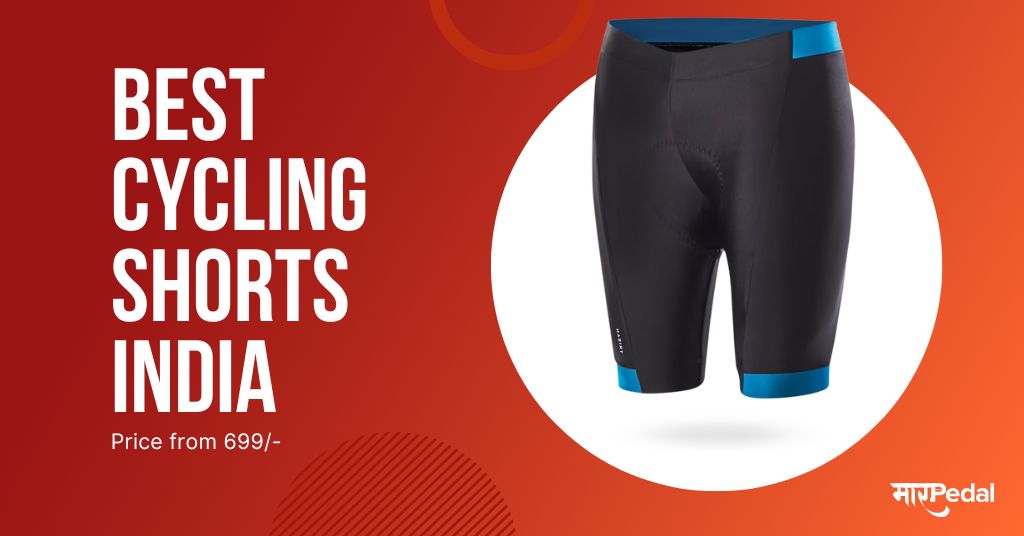
When it comes to cycling, choosing the right clothing is not only a matter of style but also an important factor for comfort, performance, and safety.
Weather conditions play a significant role in determining what to wear while cycling, as different temperatures, precipitation levels, and humidity can impact your ride.
In this article, we will explore the essential clothing considerations for various weather conditions, helping you stay comfortable and protected on your cycling adventures.
I. What to Wear Cycling: General Considerations
To ensure an enjoyable cycling experience, there are several key factors to consider when selecting your cycling attire.
Comfort as a Key Factor
Comfort is paramount when it comes to cycling clothing. Opt for garments that fit well, allowing freedom of movement and avoiding any chafing or discomfort during extended rides.
Importance of Moisture-Wicking Fabrics
Moisture-wicking fabrics are crucial for cycling, especially as your body generates heat and perspiration. Look for materials designed to pull moisture away from your skin, promoting evaporation and keeping you dry.
Layering for Versatility
Layering is an effective strategy that allows you to adapt to changing weather conditions during your ride. It enables you to add or remove garments as needed to maintain an optimal body temperature.
Safety Aspects of Clothing
Safety should never be compromised while cycling. Consider clothing with reflective elements or bright colors to enhance visibility, especially when riding in low-light conditions.
II. What to Wear Cycling in Rain
Cycling in the rain requires specialized clothing to keep you dry and comfortable throughout your ride.
Waterproof and Breathable Gear
Invest in high-quality waterproof and breathable gear to protect yourself from rain and prevent excessive sweating. Look for jackets and pants made from materials like Gore-Tex or similar fabrics that provide both water resistance and breathability.
Rain Jackets and Pants
A waterproof and windproof rain jacket is a must-have for cycling in wet conditions. Ensure it has a hood that fits snugly over your helmet, adjustable cuffs, and taped seams for maximum protection. Pair it with waterproof pants or cycling shorts with water-resistant properties.
Shoe Covers and Gloves
To keep your feet and hands dry, consider using waterproof shoe covers and gloves. These accessories will protect your extremities from rainwater and provide an extra layer of insulation.
Visibility Aids
In rainy weather, visibility is often compromised. Wear cycling clothing with reflective elements or choose the bright-colored gear to increase your visibility to motorists and other cyclists.
III. What to Wear Cycling in Cold Weather
Cycling in cold weather requires proper layering and insulation to keep your body warm and maintain performance.
Layering for Insulation
Layering is essential for cold weather cycling as it allows you to regulate your body temperature by adding or removing garments.
Base Layers and Thermal Jerseys
Start with a moisture-wicking base layer to keep your skin dry. Follow it up with a thermal jersey made from insulating materials like fleece or merino wool, which provide warmth while remaining breathable.
Windproof and Insulating Jackets
Invest in a windproof and insulating jacket to shield yourself from cold winds and maintain your body heat. Look for jackets with features like high collars, adjustable cuffs, and multiple pockets for storage.
Cycling Tights and Leg Warmers
To protect your lower body, wear cycling tights or leg warmers. These garments provide additional insulation for your muscles and prevent cold air from penetrating your skin.
Accessories for Warmth
Don’t forget to protect your extremities. Wear a thermal hat or headband, gloves, and shoe covers to retain heat and prevent frostbite.
IV. What to Wear Cycling in Hot and Humid Weather
Cycling in hot and humid weather requires clothing that keeps you cool, well-ventilated, and protected from the sun.
Breathable and Lightweight Fabrics
Opt for garments made from breathable and lightweight fabrics like polyester or nylon. These materials allow air to circulate, facilitating sweat evaporation and keeping you cool.
Moisture-Wicking Jerseys and Shorts
Choose jerseys and shorts with moisture-wicking properties to keep sweat away from your body and maintain a dry and comfortable feel. Look for mesh panels or vents for enhanced breathability.
Ventilated Helmets
A well-ventilated helmet is essential to allow heat to escape from your head and keep you cool. Look for helmets with multiple vents and consider wearing a lightweight cap underneath to protect against the sun.
Sunglasses and Sunscreen
Protect your eyes from harmful UV rays by wearing sunglasses with UV protection. Additionally, apply sunscreen to exposed areas of your skin to prevent sunburn.
Hydration Considerations
Staying hydrated is crucial when cycling in hot and humid weather. Use a hydration pack or water bottles mounted on your bike to ensure you have easy access to fluids throughout your ride.
V. Additional Tips and Considerations
Here are a few additional tips and considerations to keep in mind when choosing your cycling attire:
Choosing the Right Cycling Shoes
Invest in cycling shoes that fit properly and provide the necessary support for your feet. Look for shoes with breathable uppers and stiff soles for optimal power transfer.
Proper Fit and Sizing
Ensure that your cycling clothing fits well and allows for a full range of motion. Avoid garments that are too loose or too tight, as they can hinder your comfort and performance.
Reflective Elements for Visibility
Even when cycling during the day, it’s important to be visible to motorists. Choose clothing with reflective elements, such as piping or logos, vest, and lights, to enhance your visibility on the road.
Packing Essentials for Longer Rides
If you’re embarking on a longer ride, pack essential items like spare tubes, a multitool, and a compact rain jacket. Be prepared for any unexpected changes in weather or mechanical issues.
Conclusion
Choosing the right clothing for cycling is crucial to ensure comfort, performance, and safety. By considering the weather conditions and following the guidelines outlined in this article, you can select the appropriate attire for your cycling adventures. Remember, whether it’s rain or shine, hot or cold, the right clothing can enhance your cycling experience and make every ride enjoyable.
FAQs
What should I wear to a cycling class?
When attending a cycling class, it’s best to wear moisture-wicking workout clothing such as cycling shorts or leggings and a breathable top. Opt for a comfortable pair of cycling shoes that are compatible with the pedals used in the class. Don’t forget to bring a towel and water bottle for hydration.
What should I wear for cycling in the rain?
It is recommended to wear waterproof gear, including a rain jacket, pants, shoe covers, and gloves. Visibility aids such as reflective elements or bright colors are also important.
What should I wear under padded cycling shorts?
Padded cycling shorts are designed to be worn without underwear. The padding, or chamois, is designed to provide cushioning and reduce friction. Wearing underwear can cause chafing and discomfort. Instead, simply wear the padded cycling shorts directly against your skin for optimal comfort and performance.
How do I dress for cycling in cold weather?
Layering is crucial for cold-weather cycling. Use base layers, thermal jerseys, windproof jackets, cycling tights, leg warmers, and appropriate accessories like hats and gloves for insulation.
What should I wear under cycling bib shorts?
Similar to padded cycling shorts, cycling bib shorts are also designed to be worn without underwear. The bib straps provide extra support and eliminate the need for a waistband. It’s best to wear the bib shorts directly against your skin for maximum comfort and to prevent chafing.
What clothing should I choose for cycling in hot and humid weather?
Opt for breathable and lightweight fabrics like moisture-wicking jerseys and shorts. Choose a ventilated helmet, wear sunglasses and sunscreen, and remember to stay hydrated.



































